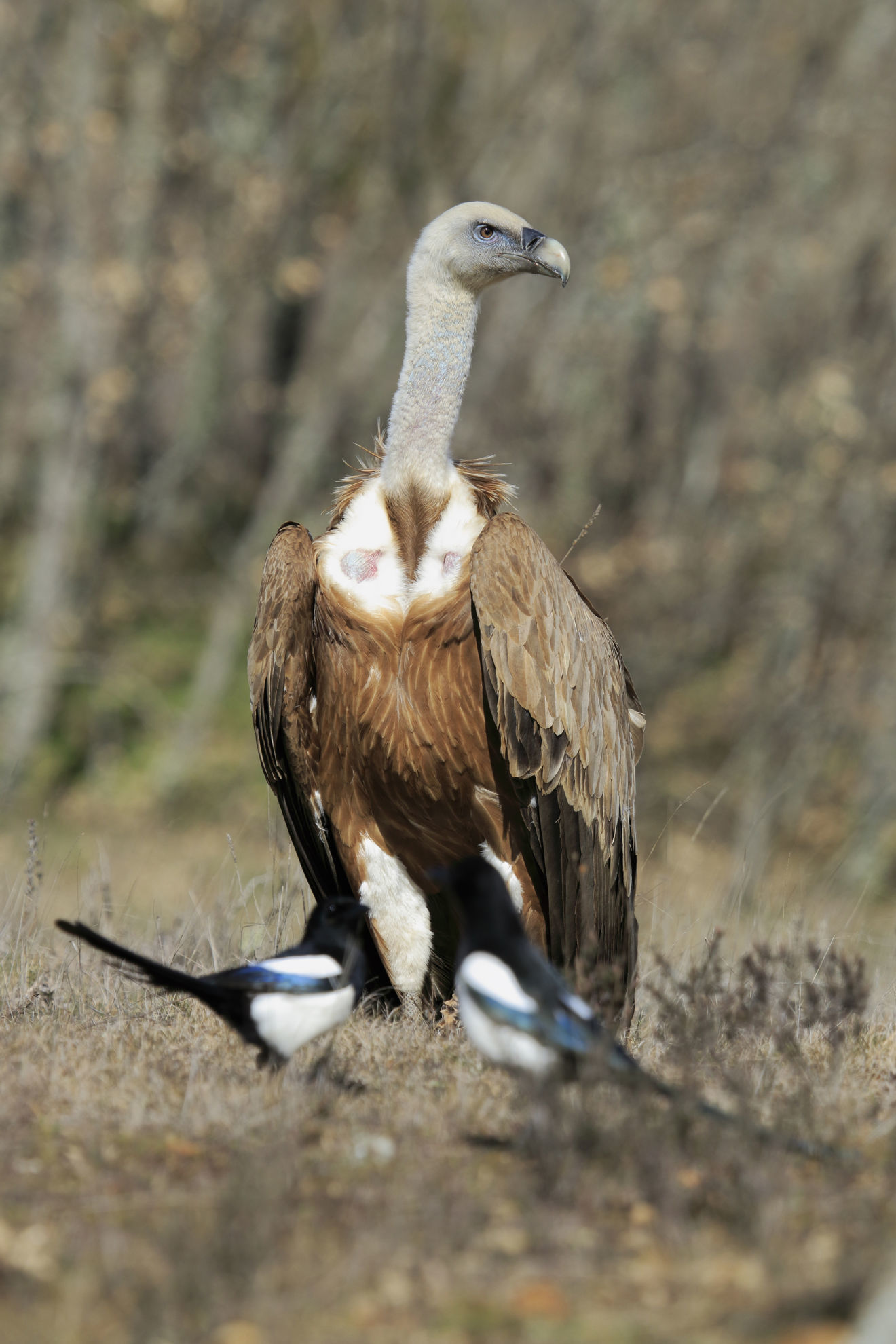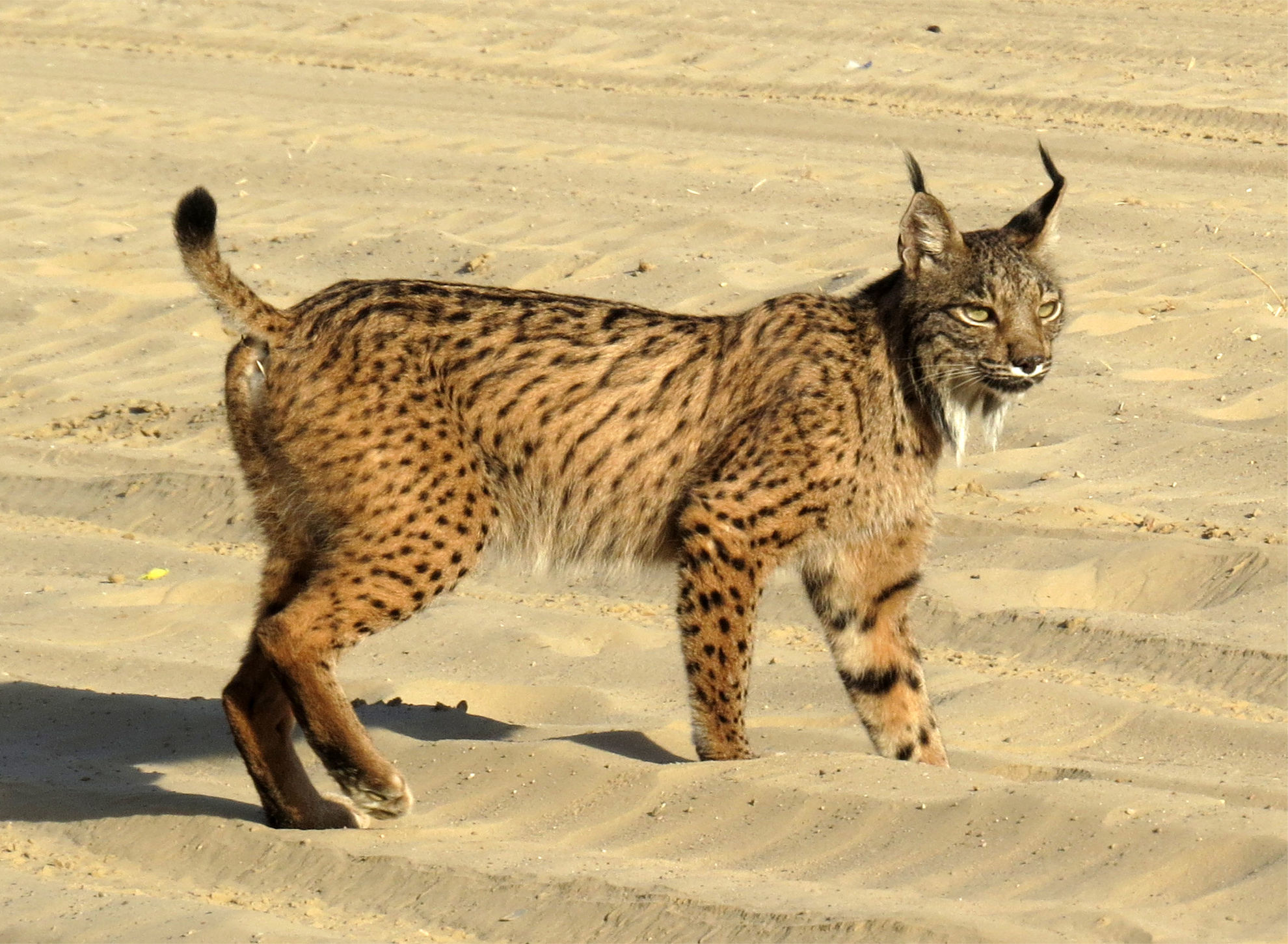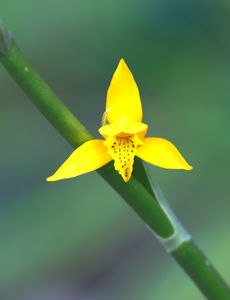Toll Free: 800.328.8368
Phone: 512.328.5221
Southern Spain in Winter
Upcoming Dates
January 16 - 28, 2027
Departs
Returns
Tour Limit
10

Eurasian Griffon © Wild Doñana
A BIRDS, NATURE & CULTURE TOUR
An in-depth exploration of southern Spain, its culture and its natural history, from the royal glories of Seville to the wild marshlands of Doñana and the steppes of Extremadura, and on to the Rock of Gibraltar. Along the way, encounters with some of the rarest birds of Europe and one of its most charismatic mammals—the Iberian Lynx.
The Iberian Peninsula, separated from the rest of Europe by mountains and sea, is virtually a continent unto itself, with a range of natural and cultural features to match. Our new tour combines outstanding birding with an exploration of equally famous cultural and historical sites in beautiful southern Spain. Headquarters for the first days of our time together is glorious Seville, bastion of Mudéjar art and culture and birthplace of the Renaissance Age of Discovery; here we will visit the largest Gothic cathedral in the world and the fantastically ornate Alcázar, a royal palace built—figuratively and literally—on the foundations of an older Islamic structure. And Seville remains just as vibrant today as it was half a millennium ago, as an exciting evening performance of authentic Andalusian flamenco will prove.
We end our tour with another cultural highlight, a day in Gibraltar with its bustling shopping streets, ancient limestone caverns, and comical primates—the Barbary Macaque. The cession of the Rock to the British in the early eighteenth century would assume an unexpected significance a hundred years later, when Gibraltar became a vital base in the Peninsular War, which eventually drove Napoleonic France out of Spain. Today, in spite of almost continual Spanish efforts to re-annex the area, Gibraltar is still a British Overseas Territory, the only part of the United Kingdom with a direct line of sight to Africa.
A notable feature of any trip to southern Spain is the food, from marinated sand shark (cazón en adobo) and spicy stewed carrots (zanahorias aliñadas) to puchero, Seville’s hearty wintertime specialty of chicken, vegetables, chickpeas, and noodles. Most famous of all is jamón ibérico, the famous pork delicacy produced by fattening young pigs on acorns, chestnuts, and other rich fruits of the land. We will learn more about this traditional delight in the course of our first birding excursion, when we enjoy a wonderful jamón lunch at one of Andalusia’s many ham cellars—accompanied, of course, by good Spanish wines.
Tearing ourselves away, reluctantly, from the culinary and the cultural, we will spend much of our time together at some of the best birding sites in Europe, chief among them Doñana National Park. With the vigorous encouragement of birding conservationists from all over the world, including Roger Tory Peterson, Guy Mountfort, and Prince Bernard of The Netherlands, these magnificent marshlands were declared a national park in 1969 to protect the Guadalquivir River ecosystem; twenty years later, the Spanish government created Doñana Natural Park as a further buffer against agricultural development. One of our visits to Doñana will be accompanied by park staff, giving us access to areas otherwise off limits to the public, where we will enjoy another fine meal in a uniquely wild setting.
Doñana and the other sites we bird will produce a list comprising virtually all of the Iberian specialties, including such rarities as Marbled and White-headed ducks, Spanish and Bonelli’s eagles, and Black-bellied and Pin-tailed sandgrouse. Our local contacts should also be able to point us to a wintering flock of Northern Bald Ibis, one of the most gravely imperiled birds in the world, which now, thanks to a successful reintroduction effort, holds tenuously to existence in two Spanish breeding colonies totaling almost two hundred pairs. Thekla’s and both Short-toed larks, Black-winged Kites, and the full suite of European vultures (Cinereous, Egyptian, and Eurasian Griffon) are also among the good possibilities on our outings to this region’s impressive range of wild habitats.
Exciting as all those birds are, we have yet another objective on our days afield. The Iberian Lynx is a rare and shy nocturnal hunter, probably the rarest wild cat in the world. Careful conservation practices, though, have helped Spain’s population rise from a mere hundred or so to nearly 2,000 individuals. And winter is the mating season for this incredibly charismatic mammal: the two circumstances combine to give us a good chance at actually seeing this almost mythical creature in the daylight.
We hope that you will join us to explore this wonderful corner of the Iberian Peninsula, where nature and culture intersect to give visitors unparalleled insight into a rich and ancient landscape.
Outstanding accommodations, food, and wine; easy birding at a moderate pace combined with expertly guided cultural excursions in historic Seville; cool, but not cold, temperatures and a slight chance of rain on some days.

Iberian Lynx © Wild Doñana
Departure Dates
Route Map
Tour Leaders

Local
Leader
Field Reports
Available by request; please contact the VENT office.
Connecting Tours
No Connecting Tours
Operations Manager

Celeste
Dillon
Questions? Contact the Operations Manager or call 800.328.8368 or 512.328.5221



